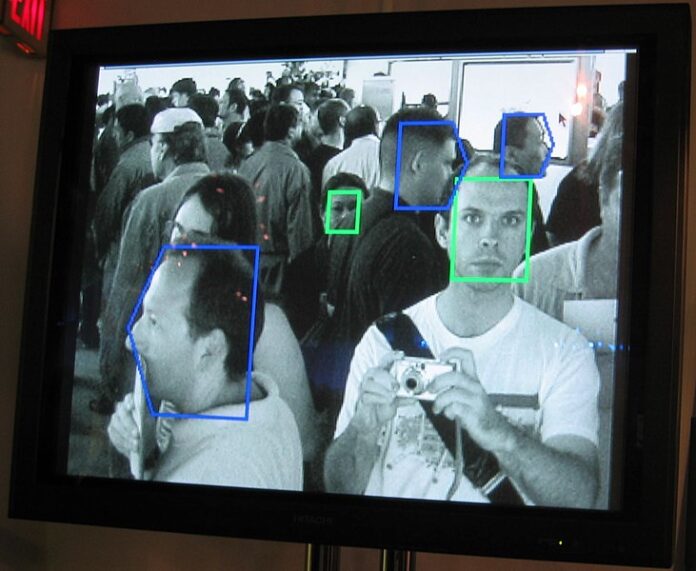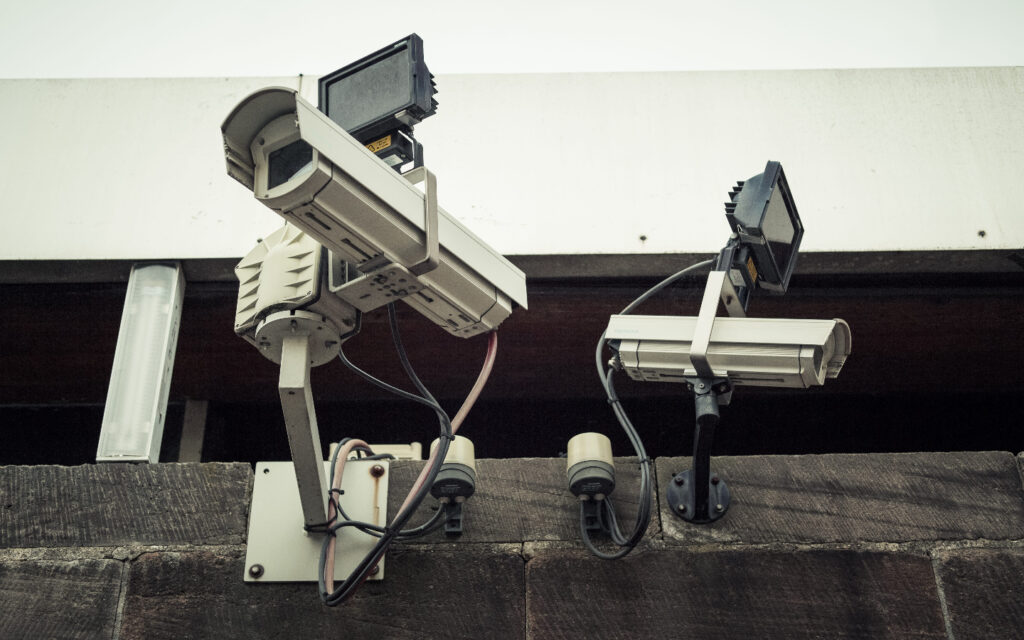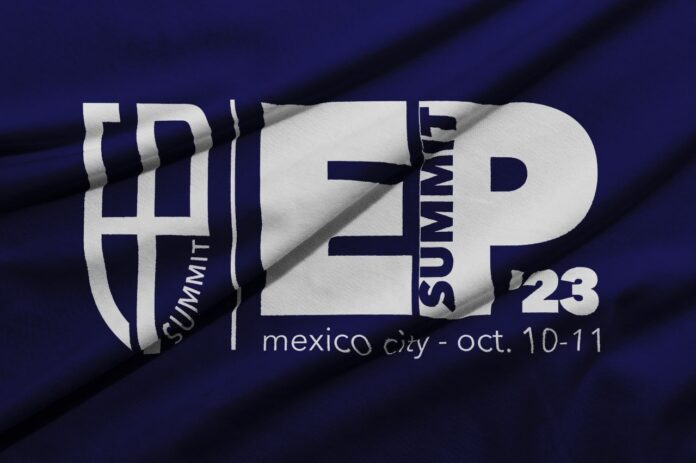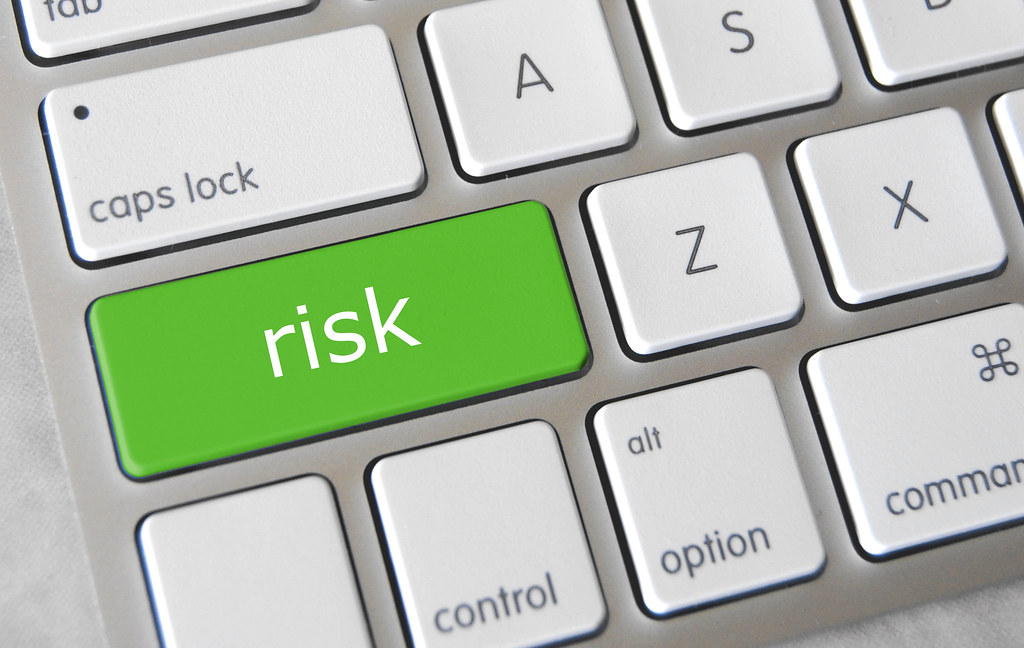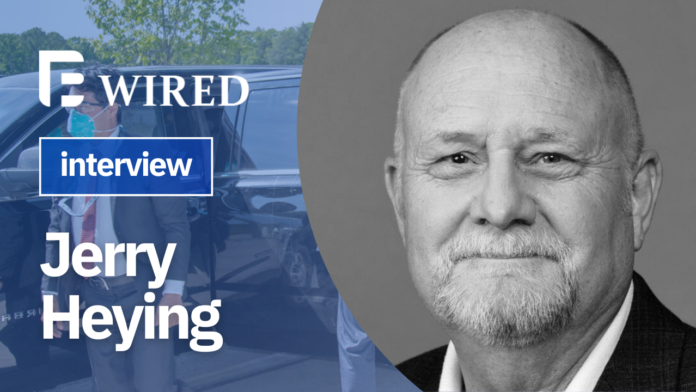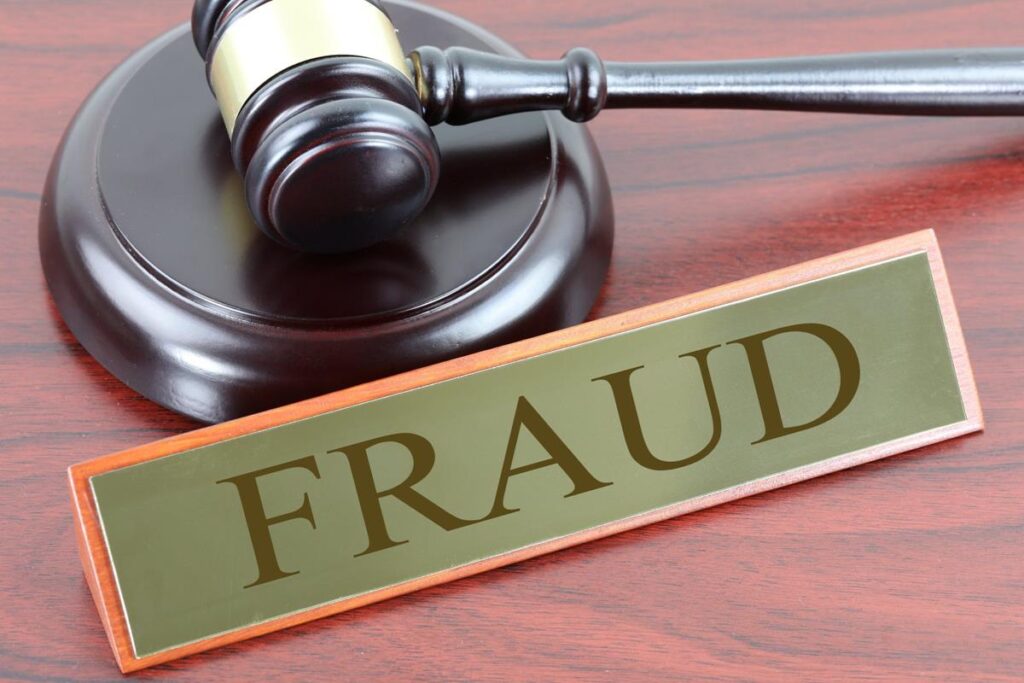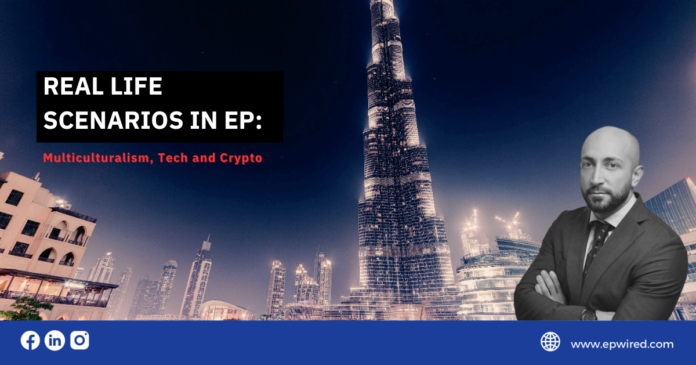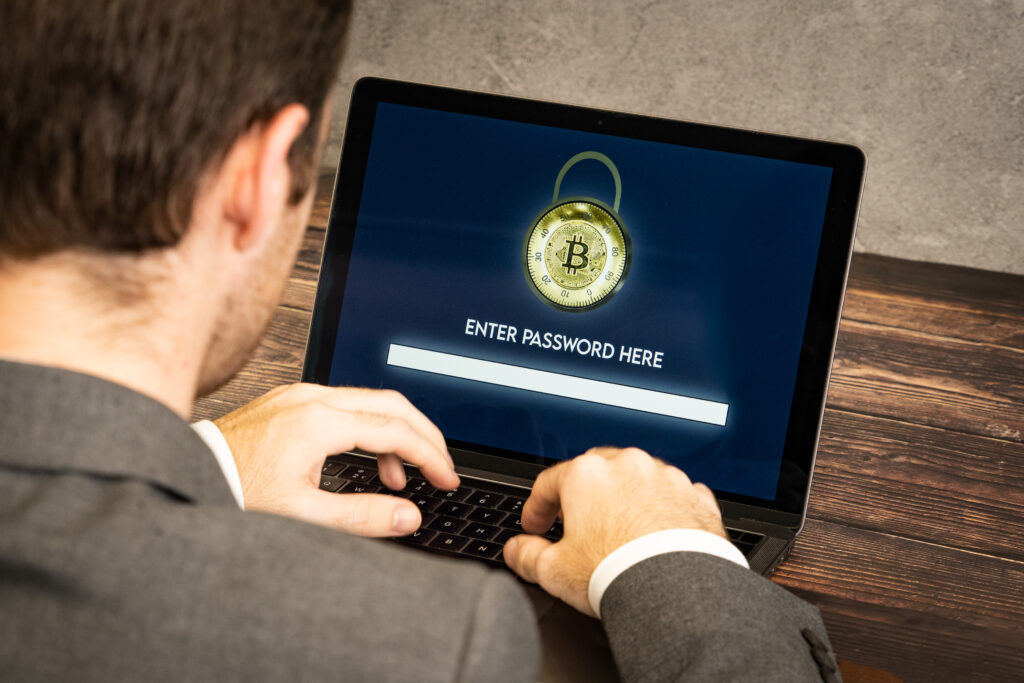When preparing for an international business trip, executives rarely think about the possibility of ending up in hospital. Nonetheless, for the thousands of Americans that find themselves far from home and in need of medical care as result of a car accident, or serious medical event such as a heart attack or stroke, a routine business trip becomes a life-changing event.
In addition to the mental and physical strains that come with hospitalization, there’s often a considerable financial shock as well. Many travelers assume that their standard healthcare plans cover medical expenses incurred in foreign countries. Unfortunately, that’s rarely the case, which means that stranded travelers often end up incurring substantial bills reaching into six, and sometimes, seven figures.
Before setting out on your next overseas business trip, use this checklist to prepare for your medical care while traveling outside the country.
Ascertain whether your existing medical insurance covers foreign travel
Call your insurance company to determine the extent of your medical coverage while overseas. In most cases, you’ll find that your coverage does not extend to foreign markets. If your insurance company does cover foreign medical expenses, ask to see the extent of that coverage writing. Pay close attention to the exclusions as well as policy limits. For example, a policy might not cover an individual that engages in activities the insurance company deems as risk. The policy may also limit its coverage to a low dollar amount.
Evaluate the purchase of additional insurance coverage.
There are three types of insurance that can help minimize out of pocket travel expenses: trip cancellation insurance, travel healthcare insurance, and medical evacuation insurance. While it’s possible to buy individual insurance plans, comprehensive travel insurance policies include multiple types of coverage for a single premium payment. When considering an individual policy versus a comprehensive one, pay close attention to the specifics including the extent of the coverage, plan deductibles, and policy exclusions.

Take steps to remain healthy while overseas.
Research the potential health threats in each country you plan to visit. In addition to reviewing the S. Department of State’s website for the latest travel advisories, access the Center of Disease Control and Prevention (CDC) travelers’ health database for country-specific information including vaccination requirements, recommendations to avoid becoming ill, and travel health notices detailing significant health risks.
Plan your trip with an eye on safety and security.
Before setting foot on foreign soil, research your accommodation and how you’ll travel between locations. Keep in mind that in many countries, traveling by taxi or via public transportation is a risky proposition – especially in densely populated cities, or in countries with a strained relationship with the United States government. In addition, public transportation safety standards sometimes fall far short of standards in the United States. Therefore, consider hiring a prescreened car service to facilitate your travel. In addition to ensuring your safety and security while in transit, you’ll avoid the risk of becoming lost and the embarrassment of arriving late to an important meeting.
Learn how to respond in an emergency.
Gather the numbers for the emergency services in the countries you plan on visiting. Also remember to turn on your cell phone provider’s international calling plan. And consider carrying a GPS device with a dedicated connection to an operations center, staffed with highly trained, bilingual security professionals. In the event of emergency, the GPS will provide emergency services with your exact location.
Register with the U.S. government’s STEP program.
Prior to leaving the country, register your trip with U.S. Department of State. Once registered, you’ll receive real-time safety-related information during your overseas trip. Registration also means that the Embassy can contact you in the event of emergency a bombing or natural disaster. Also, remember to write down the address and phone number of the Embassy or Consulate in each of your travel destinations so you can seek government support and assistance in the event of an emergency.
While most business trips prove uneventful, every so often, executives find themselves facing a crisis. So before embarking on your next overseas trip, make sure you have a plan in place for the unexpected.



